Stretches for gymnasts are essential for building flexibility, strength, and control, all of which are fundamental to success in gymnastics. Flexibility allows gymnasts to perform challenging moves with grace, precision, and safety, while proper stretching prepares the body to handle the physical demands of training. Whether you’re just starting out, advancing to intermediate skills, or mastering complex movements, this guide provides essential gymnastics stretching tailored for every level. From beginner stretches that build a solid foundation to advanced techniques that maximize range, these exercises will support you in reaching your gymnastics goals.
Why is Flexibility Important in Gymnastics
Flexibility is a key factor in gymnastics, enabling gymnasts to perform a wide range of movements with precision and fluidity. Being flexible allows gymnasts to execute challenging skills, such as splits, backbends, and tumbling moves, which require a full range of motion in the joints and muscles. Enhanced flexibility improves performance by helping gymnasts extend their bodies fully, which adds grace to their routines and allows for smoother transitions between movements.
Beyond enhancing performance, gymnastics stretching also plays a crucial role in injury prevention. Tight or inflexible muscles are more susceptible to strains and tears, especially during complex routines that demand quick, dynamic movements. Flexible muscles and joints can absorb impacts better and move more freely, which reduces the risk of injuries to the hips, shoulders, back, and legs—common areas of strain for gymnasts.

In essence, flexibility is not just an asset in gymnastics; it’s a necessity. It empowers gymnasts to achieve their best, supporting both skill development and physical safety as they progress through their training and routines. Check out in more detail why is flexibility important in gymnastics here
Gymnastics Stretches for Beginners
Building a foundation in flexibility is crucial for gymnasts, and these gymnastics stretches for beginners are designed to support safe, effective progress. These foundational stretches for gymnasts helps improve range of motion and prepare the body for more advanced movements over time.
If you found these helpful check out more gymnastic stretches for beginners here
1. Forward Fold Stretch

Description: This stretch targets the hamstrings and lower back, helping to release tension and improve flexibility in the legs and spine.
How to Perform: Stand with feet hip-width apart. Slowly bend forward, reaching toward the floor or your toes. Let your head and neck relax as you hold the position.
Tips: Keep knees slightly bent if needed to avoid straining the lower back.
Target Area: Hamstrings, lower back
2. Cat-Cow Stretch
Description: A gentle spine mobilization exercise, Cat-Cow helps increase flexibility in the back and warms up the core muscles.
How to Perform: Start on your hands and knees, wrists under shoulders and knees under hips. Inhale, arching your back as you look up (Cow Pose), then exhale and round your spine, tucking the chin (Cat Pose). Repeat slowly.
Tips: Move with your breath, keeping a smooth and controlled pace.
Target Area: Spine, shoulders, core

3. Lunge Stretch

Description: This stretch helps open up the hip flexors, which is important for movements like splits and kicks.
How to Perform: Step one foot forward into a lunge position, with the back knee resting on the ground. Push hips forward gently, keeping the chest lifted.
Tips: Keep the front knee aligned over the ankle to avoid joint strain.
Target Area: Hip flexors, quads
4. Shoulder Stretch
Description: Enhancing shoulder flexibility is essential for skills like handstands and backbends.
How to Perform: Stand or sit upright and extend one arm across your chest. Use the opposite hand to gently pull the arm closer to your body.
Tips: Avoid twisting the torso; keep shoulders relaxed.
Target Area: Shoulders, upper back

5. Butterfly Stretch

Description: This stretch opens up the hips and inner thighs, which is helpful for maintaining flexibility in the lower body.
How to Perform: Sit on the floor, bringing the soles of your feet together. Let your knees fall out to the sides and gently press down on them with your elbows.
Tips: Keep the spine straight and avoid pushing too hard; let gravity assist.
Target Area: Inner thighs, hips
Stretches for Intermediate Gymnasts
For gymnasts who have built a foundational level of flexibility, these intermediate stretches are designed to further increase range and strength. Each stretch targets key muscle groups used in more advanced movements, helping gymnasts transition smoothly to higher levels.
1. Standing Splits Stretch

Description: This stretch intensifies flexibility in the legs, especially beneficial for high kicks and split moves.
How to Perform: Stand on one leg, lifting the other leg behind you. Grab the raised leg with both hands if possible, keeping your torso upright. Try to lift the leg as high as you comfortably can.
Tips: Engage the core and keep hips squared to avoid leaning forward or backward.
Target Area: Hamstrings, hip flexors, glutes
2. Bridge Pose
Description: Bridge Pose strengthens the back, shoulders, and legs while increasing spine flexibility—ideal for backbends and tumbling moves.
How to Perform: Lie on your back with knees bent and feet flat on the floor, hip-width apart. Place hands beside your ears with elbows pointing up. Press into your hands and feet, lifting your hips and chest off the ground.
Tips: Keep your core engaged and avoid overextending the lower back.
Target Area: Spine, shoulders, glutes
Image from yourpilatesphysio
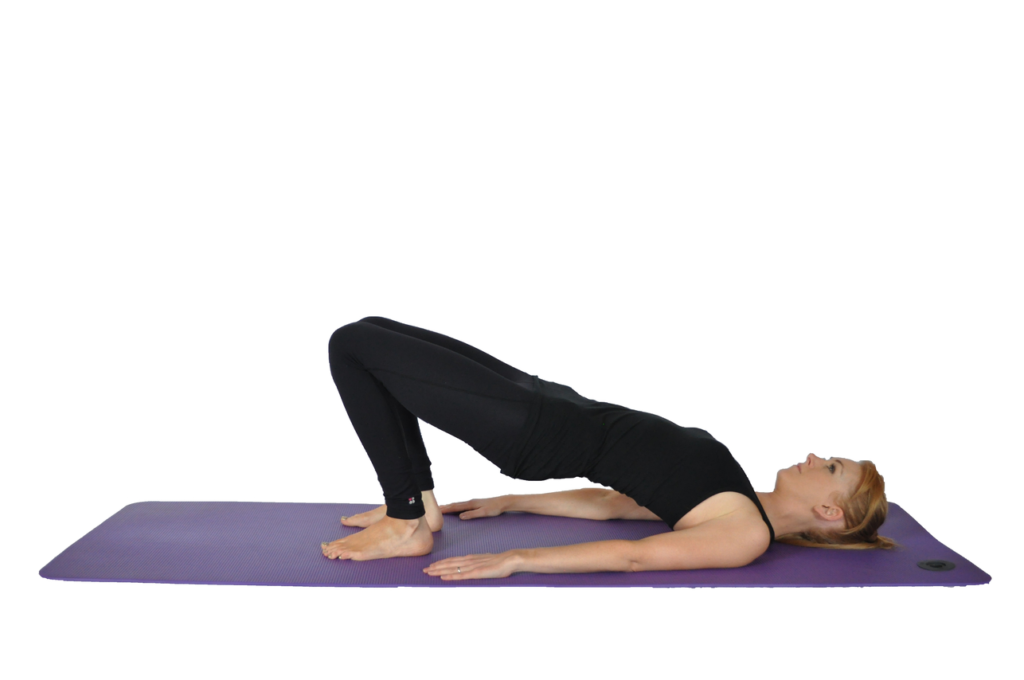
3. Half Pigeon Pose

Description: This deep hip stretch helps increase hip flexibility, aiding in splits and side leaps.
How to Perform: Start in a plank position, then bring your right knee forward, placing it near your right wrist, with the shin angled. Lower your back leg to the ground, keeping your hips squared. Lean forward to deepen the stretch.
Tips: Keep the back leg extended and hips level for maximum benefit.
Target Area: Hip flexors, glutes, lower back
4. Wall Shoulder Stretch
Description: A great stretch to improve shoulder flexibility for skills like handstands and bridges.
How to Perform: Stand facing a wall and place your hands against it at shoulder height. Walk your feet back and lean your chest toward the wall, keeping your arms straight.
Tips: Relax your shoulders and avoid arching the lower back too much.
Target Area: Shoulders, chest

5. Lying Quad Stretch

Description: This stretch focuses on increasing quad flexibility, which is essential for jumps and splits.
How to Perform: Lie on your side, bending your top leg and grabbing your ankle with the top hand. Gently pull your heel toward your glutes, keeping knees aligned.
Tips: Engage your core to stabilize your body, keeping the hips stacked.
Target Area: Quads, hip flexors
Image from verywellfit
Advanced Stretches for Gymnasts
For advanced gymnasts, flexibility and strength are taken to a new level with gymnastics stretching that demand high control and deep range of motion. These advanced stretches are designed to prepare the body for complex movements and enhance performance in demanding skills.
1. Oversplit Stretch

Description: The oversplit goes beyond a standard split, helping gymnasts achieve extreme flexibility for skills like leaps and leg holds.
How to Perform: Begin in a full split with one leg on the floor. Place the front foot on an elevated surface, such as a yoga block, to deepen the stretch. Gradually increase elevation as flexibility improves.
Tips: Ensure both hips remain square and engage core muscles to avoid straining the lower back. Avoid bouncing, and hold the stretch gently.
Target Area: Hamstrings, hip flexors, glutes
image from dani winks Flexibility
2. Needle Stretch
Description: This stretch improves back and leg flexibility, which is beneficial for skills like back walkovers and needle scales.
How to Perform: Begin by standing on one leg and lifting the other leg straight up behind you. Reach one hand back to hold the lifted leg, bringing it as close to vertical as possible. Use the other hand for balance.
Tips: Engage the core to protect your lower back, and keep the lifted leg aligned with your torso.
Target Area: Back, hamstrings, hip flexors

3. Chest-to-Floor Pancake Stretch

Description: This stretch opens up the hips and stretches the inner thighs to an advanced level, helping with wide splits and straddle skills.
How to Perform: Sit in a wide straddle position, then lean forward, reaching your chest toward the floor. Walk your hands forward to deepen the stretch, keeping your knees facing upward.
Tips: Avoid rounding the back; keep it as flat as possible. Go slowly and hold, breathing deeply.
Target Area: Inner thighs, hamstrings, lower back
4. Backbend Walkover Stretch
Description: This stretch improves spine flexibility and strength, essential for back walkovers, handsprings, and other backbends.
How to Perform: Start in a bridge position on the floor, then shift your weight slightly onto your hands and feet to “walk” back and forth gently. Focus on opening the shoulders and extending the spine.
Tips: Avoid sinking into the lower back by engaging core muscles, and move carefully to prevent straining shoulders.
Target Area: Spine, shoulders, core

5. Scorpion Stretch
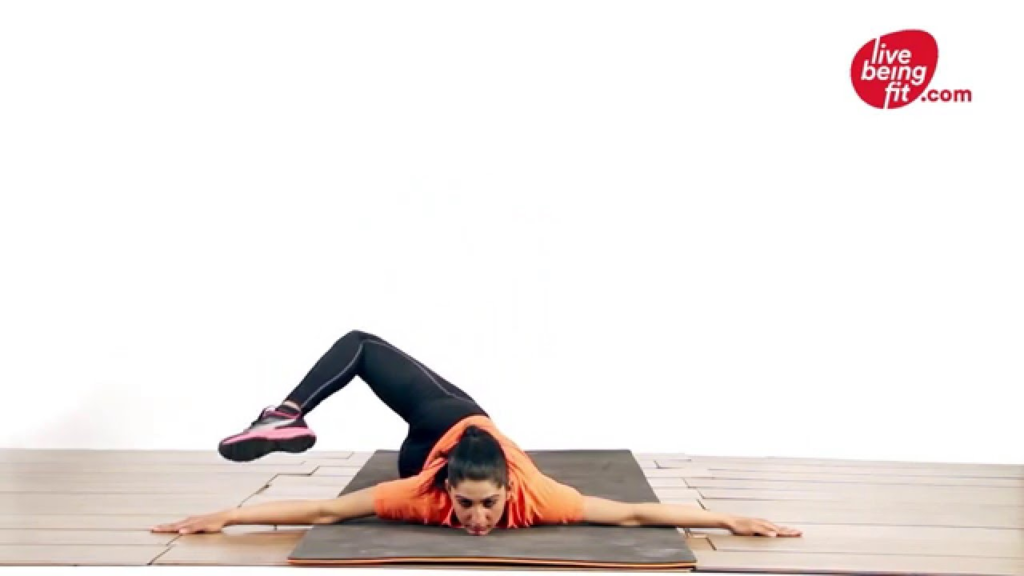
Description: The Scorpion Stretch is a deep stretch for the lower back, hips, and shoulders, helping improve mobility and flexibility for backbends and twisting motions.
How to Perform: Begin by lying flat on your chest with your arms extended out to each side in a “T” position. Keeping your chest and arms flat on the floor, bend one knee and slowly rotate that leg behind you, reaching it over to the opposite side of your body. Let your foot approach the floor on the opposite side while keeping your upper body grounded.
Tips: Move slowly, focusing on the stretch in your lower back and hips. Avoid forcing the leg too far to prevent strain, and breathe deeply to enhance relaxation.
Target Area: Lower back, hips, shoulders
image from Live Being Fit
Static vs Dynamic Stretching
When it comes to gymnastics, understanding the difference between static and dynamic stretching is essential for improving performance and flexibility. Both types of stretching serve unique purposes and can greatly benefit gymnastics stretching when used correctly in their routines.
- Static Stretching involves holding a stretch for an extended period, typically 20-60 seconds. It helps improve flexibility by elongating the muscles and is best performed after a workout or routine to aid recovery and reduce muscle tension. For example, holding a split position is a static stretch that improves flexibility in the hips and legs.
- Dynamic Stretching, on the other hand, incorporates controlled, movement-based stretches that prepare the body for activity. Movements like leg swings or arm circles are great for warming up muscles and increasing blood flow, making them ideal before starting gymnastics training.
To learn more about how to incorporate both techniques effectively and when to use each type, check out our in-depth blog post on Static vs Dynamic Stretching. It provides detailed insights to help you maximize the benefits of stretching in your gymnastics practice.
How Doing Gymnastics Stretching Can Improve Your Body
Gymnastics stretching offers a range of physical and mental benefits, supporting gymnasts in their routines and enhancing overall health and wellness.
Check out our more in-depth guide to gymnastics stretching here
Physical Benefits
- Improved Muscle Strength
Gymnastics stretching strengthens muscles by working them through their full range of motion. When you stretch regularly, you not only increase flexibility but also build endurance in muscles, especially in the core, legs, and shoulders, which are essential in gymnastics. - Better Posture
Gymnastics stretching helps correct imbalances and tightness in the body, improving alignment and posture. Good posture is crucial in gymnastics for control and balance and in everyday life to reduce strain on the back, neck, and shoulders. - Injury Prevention
Flexible muscles and joints can move freely, making them less prone to strains, sprains, and other injuries common in gymnastics. Stretching prepares muscles to handle sudden or intense movements, reducing the risk of tears or pulls. - Increased Mobility
Regular stretching enhances joint flexibility, helping gymnasts perform complex moves that require deep range of motion, like backbends and splits. Increased mobility allows gymnasts to achieve cleaner and more precise movements in routines.
Mental Benefits
- Increased Body Awareness
Gymnastics stretching improves proprioception, or the body’s awareness of its position in space. This heightened body awareness helps gymnasts better control their movements, essential for mastering complex skills and routines. - Enhanced Focus and Mindfulness
Gymnastics stretching requires concentration, especially in advanced positions. By focusing on form, breathing, and alignment, gymnasts build mental focus and mindfulness, which carry over into their training and performances, supporting calmness and control under pressure.
Conclusion
Gymnastics stretching is essential for gymnasts at every level, from beginners building their foundation to advanced athletes enhancing their flexibility and strength. Each stage of stretching brings unique benefits, helping gymnasts improve their performance, prevent injuries, and develop greater control over their movements.
By integrating these gymnastics stretching into a regular routine, gymnasts can gradually increase their range of motion, muscle strength, and overall body awareness. Whether you’re just starting or looking to master complex skills, committing to a stretching routine will support your growth and success in gymnastics.
For those looking to deepen their knowledge, consider exploring related posts on stretching techniques, flexibility tips, and injury prevention strategies. These resources can help you refine your practice and continue improving safely and effectively.
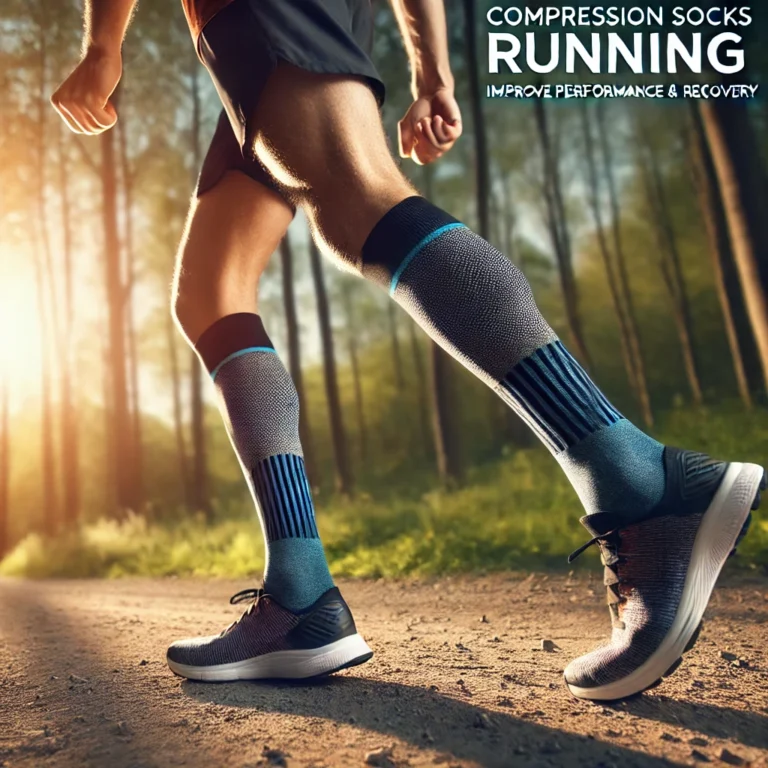

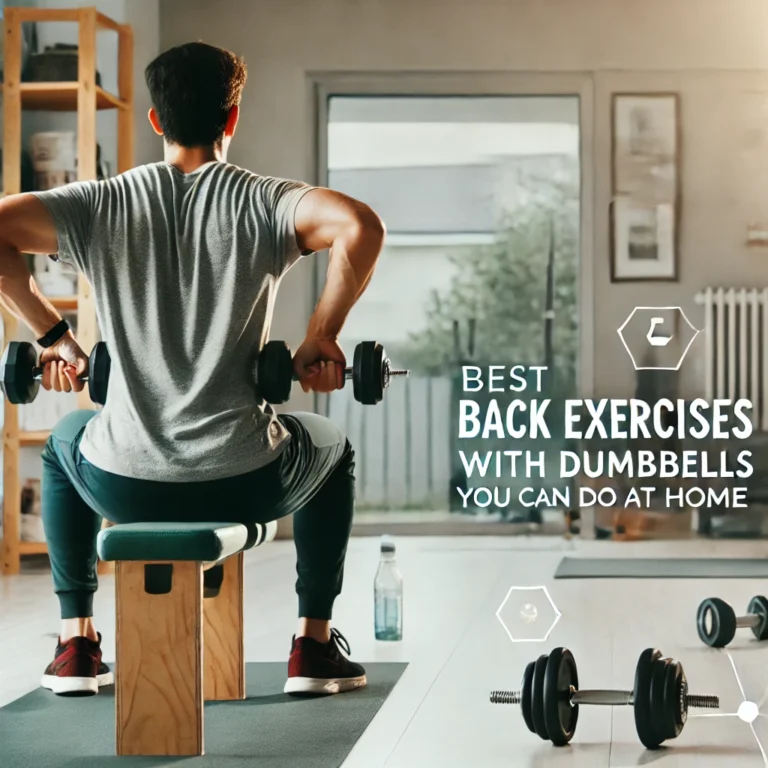


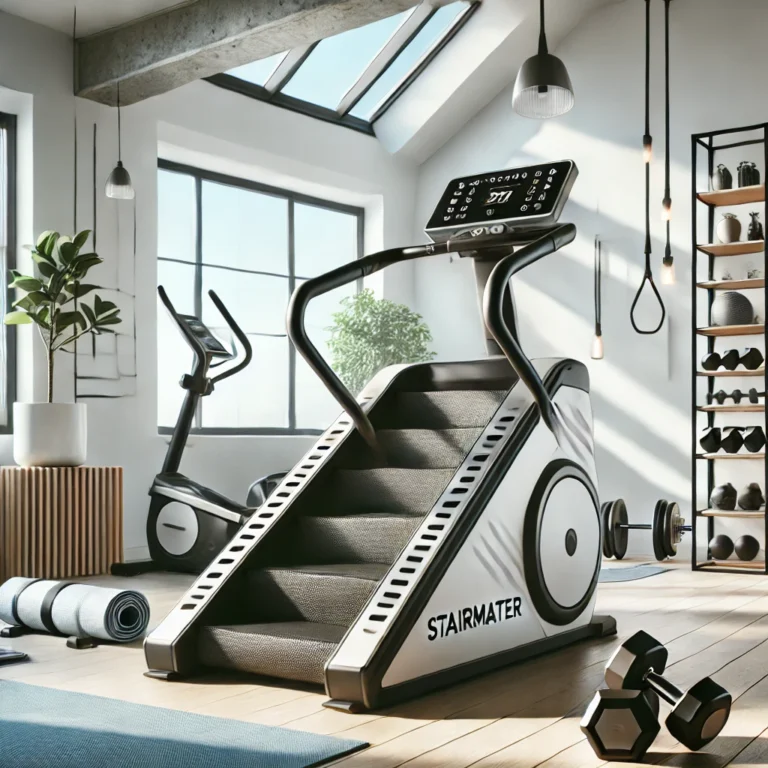
4 Comments
Comments are closed.